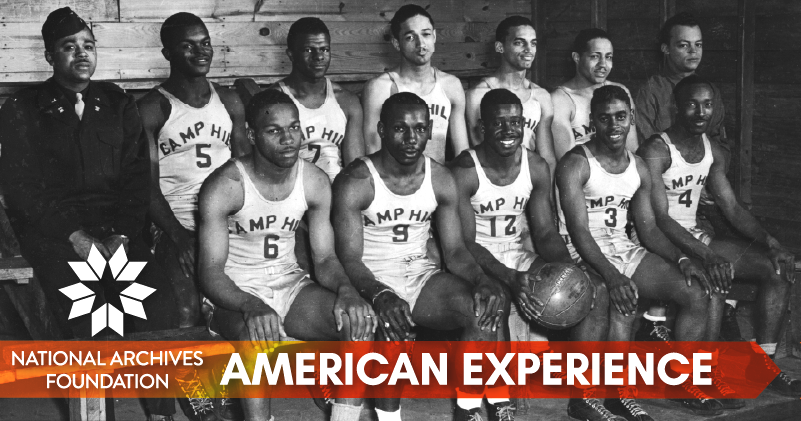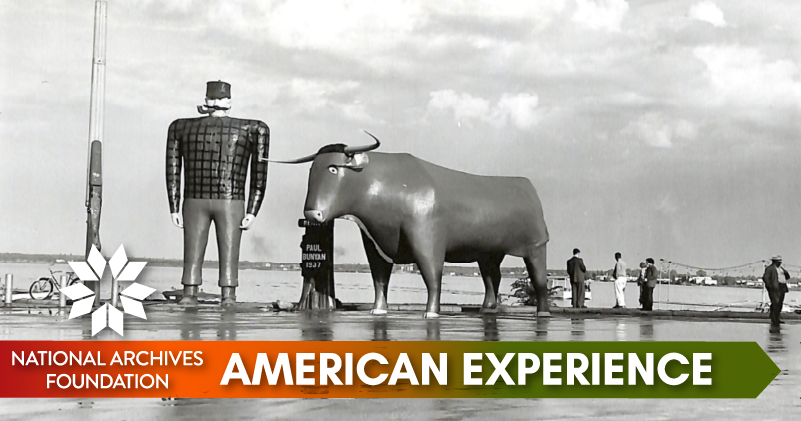Lights! Camera! No action, please!

With the Oscars coming up, it’s officially the season to celebrate actors and the stories they bring to life in film, on television, and on stage. Photographs of celebrities on red carpets dispersed throughout news and social media provide a window into the world of fame, allowing fans to feel closer to their favorite stars. The cultural phenomenon of celebrity worship is not new.

An actor
National Archives Identifier: 530566 page 3
Although best known for his photographs related to the Civil War, Mathew Brady also created amazing portraits of actors, many of which are held in the National Archives.
In 1839, Louis Daguerre introduced the first widely available photographic process to the world, and this preservation of memory became part of popular culture.
By 1844, Mathew Brady opened his first daguerreotype studio on the corner of Broadway and Fulton in New York City. It attracted celebrities whose portraits were displayed on the studio walls. By the 1860s, cartes -de visite became popular. Measuring about 4 by 2-1/2″, these photos were exchanged and collected. Pictures of celebrities became an important source of income for Brady.

Dion Boucicault
National Archives Identifier: 526769
Pictured above, Dion Boucicault was a popular Irish playwright and actor who performed extensively in the United States from 1854 to 1860. He debuted as a leading actor in the 1852 production of The Vampire.

Agnes Robinson
National Archives Identifier: 526773
Lights! Camera! No action, please! Posing for a daguerreotype could take up to 20 minutes, and one had to stay as still as possible to keep the portrait from being blurry. If you look closely at these Brady portraits, in some, you can see the bases of the iron pole at the posers’ feet that supported uncomfortable and carefully concealed head and back clips to keep them still.
A testament to her acting skills, Agnes Robinson would have maintained her slight smile and reclining pose for up to 20 minutes to make this portrait perfect.
So here’s to all the actors who have entertained us throughout our history! As actors proclaim when they play the role of Antonio in Shakespeare’s The Tempest, and as is inscribed on the National Archives building, “What is past is prologue.”
Want to see more? Use the links below to see more of Mathew Brady’s photographs of actors and actresses:






